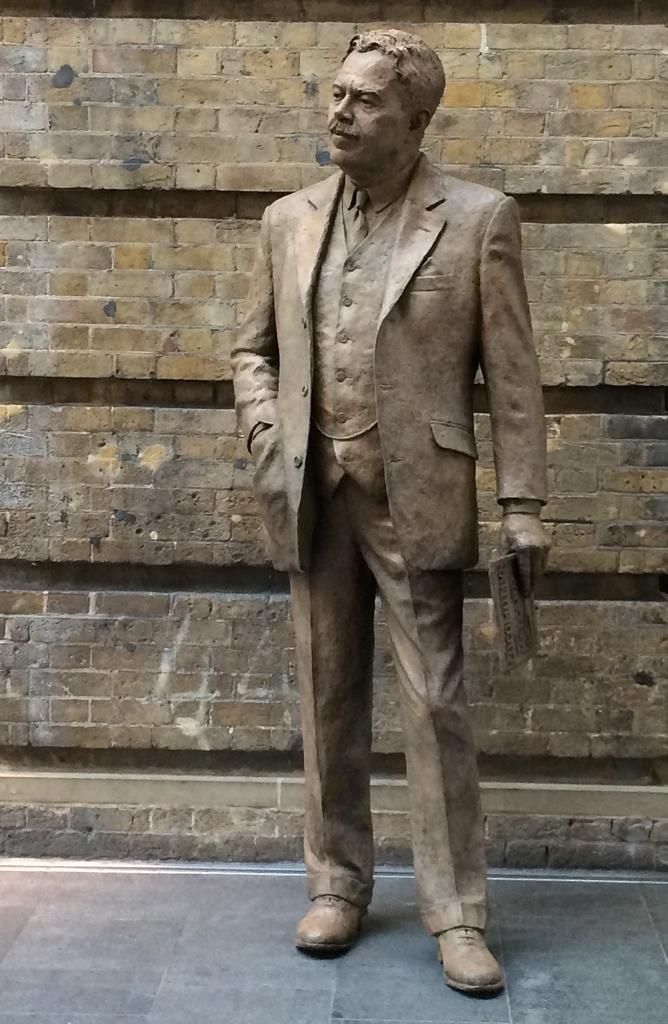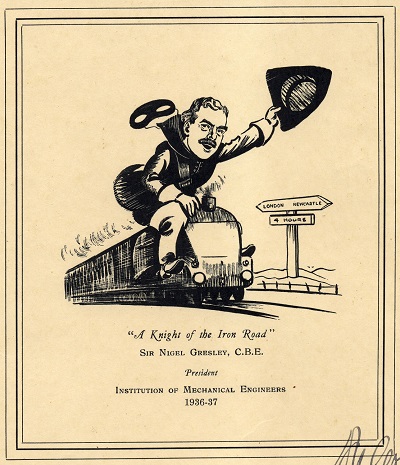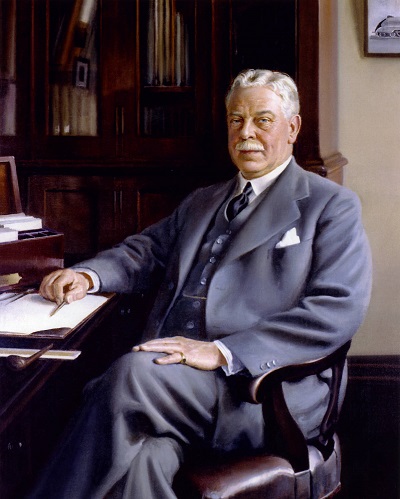Institution news
The ceremony, held on 5 April, was led by Network Rail chairman, Sir Peter Hendy, and attended by members of Sir Nigel’s family and Institution President, Professor Richard Folkson. The occasion marked the 75th anniversary of Sir Nigel’s death in 1941.
The statue, which is situated close to the site where Gresley had his office, was designed by sculptor Hazel Reeves.
Richard commented: "Sir Nigel Gresley was one of the most talented railway engineers of his generation. The railway locomotives he designed were at the leading edge of technology for their time and their iconic achievements inspired many people, including myself, to take up careers in engineering.
 "It is entirely appropriate that Sir Nigel should be commemorated by the magnificent statue at Kings Cross Station, where he designed many of the famous locomotives that were at the forefront of high speed rail travel. These included the A3 Flying Scotsman and A4 Mallard. I was honoured to attend the unveiling of the statue as President of the Institution of Mechanical Engineers 80 years after Sir Nigel held that role."
"It is entirely appropriate that Sir Nigel should be commemorated by the magnificent statue at Kings Cross Station, where he designed many of the famous locomotives that were at the forefront of high speed rail travel. These included the A3 Flying Scotsman and A4 Mallard. I was honoured to attend the unveiling of the statue as President of the Institution of Mechanical Engineers 80 years after Sir Nigel held that role."
Born in Edinburgh in 1876, Herbert Nigel Gresley worked in the railways all his life. He became Chief Mechanical Engineer for the Great Northern Railway in 1912 and held that post in the newly formed London and North Eastern Railway from 1923 until his death in 1941. Gresley’s first locomotive design was built in 1912. A decade later, he completed the first of his famous three cylinder 4-6-2 Pacific engines. Many Pacifics were constructed at the London and North Eastern Railway’s centres at Darlington and Doncaster.

Cartoon from a menu cover for a meal celebrating Sir Nigel Gresley's year as Institution President (1936). Shown riding his Mallard.
In 1925, Gresley introduced the Mikado, a 2-8-2 locomotive for heavy freight traffic. In 1935, the Silver Link locomotive was built. It was a streamlined Pacific, put to work on the Silver Jubilee, the first completely streamlined train in the United Kingdom. It made the daily non-stop 232-mile journey from London to Darlington in three hours eighteen minutes.
In 1938, Gresley’s streamlined 4-6-2 engine No. 4468, Mallard, broke the world steam record and reached 126 mph, the highest speed ever attained by a steam train. The Institution awarded the Mallard its 82nd Engineering Heritage Award on 5 April 2013.

Find out more about our
Past-Presidents, or visit the
Virtual Archive to view his official portrait (below), council minutes taken during his time as President and the cartoon above. Find out about how the statue was created by visiting
Hazel Reeves' website
